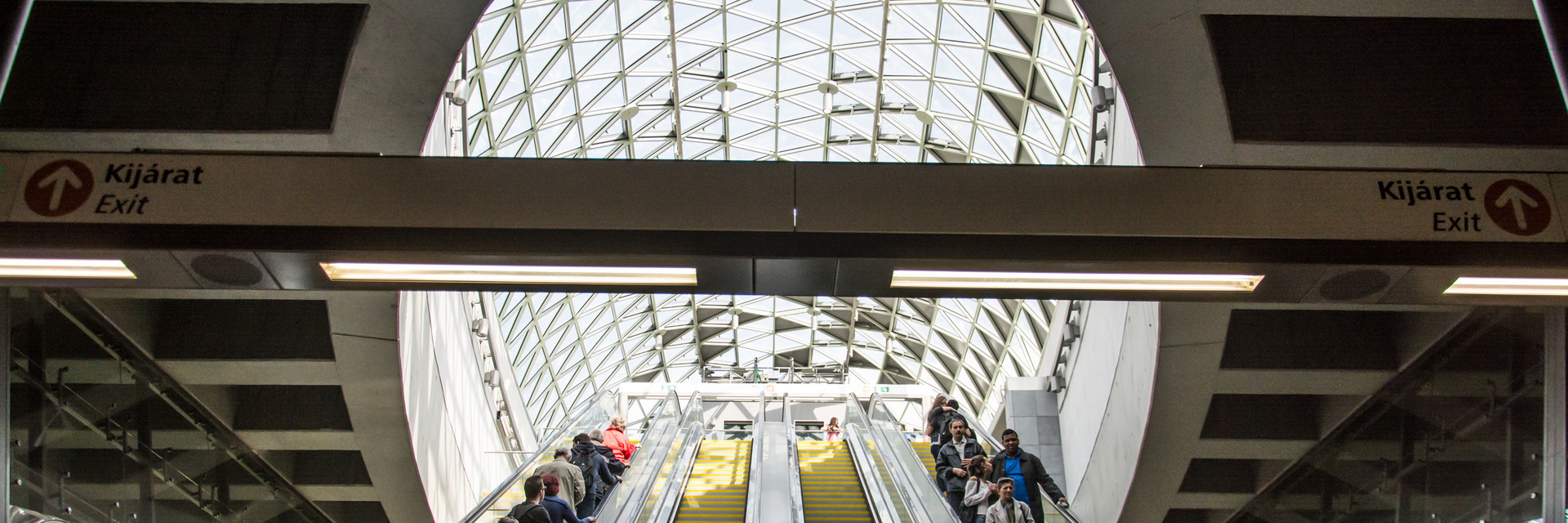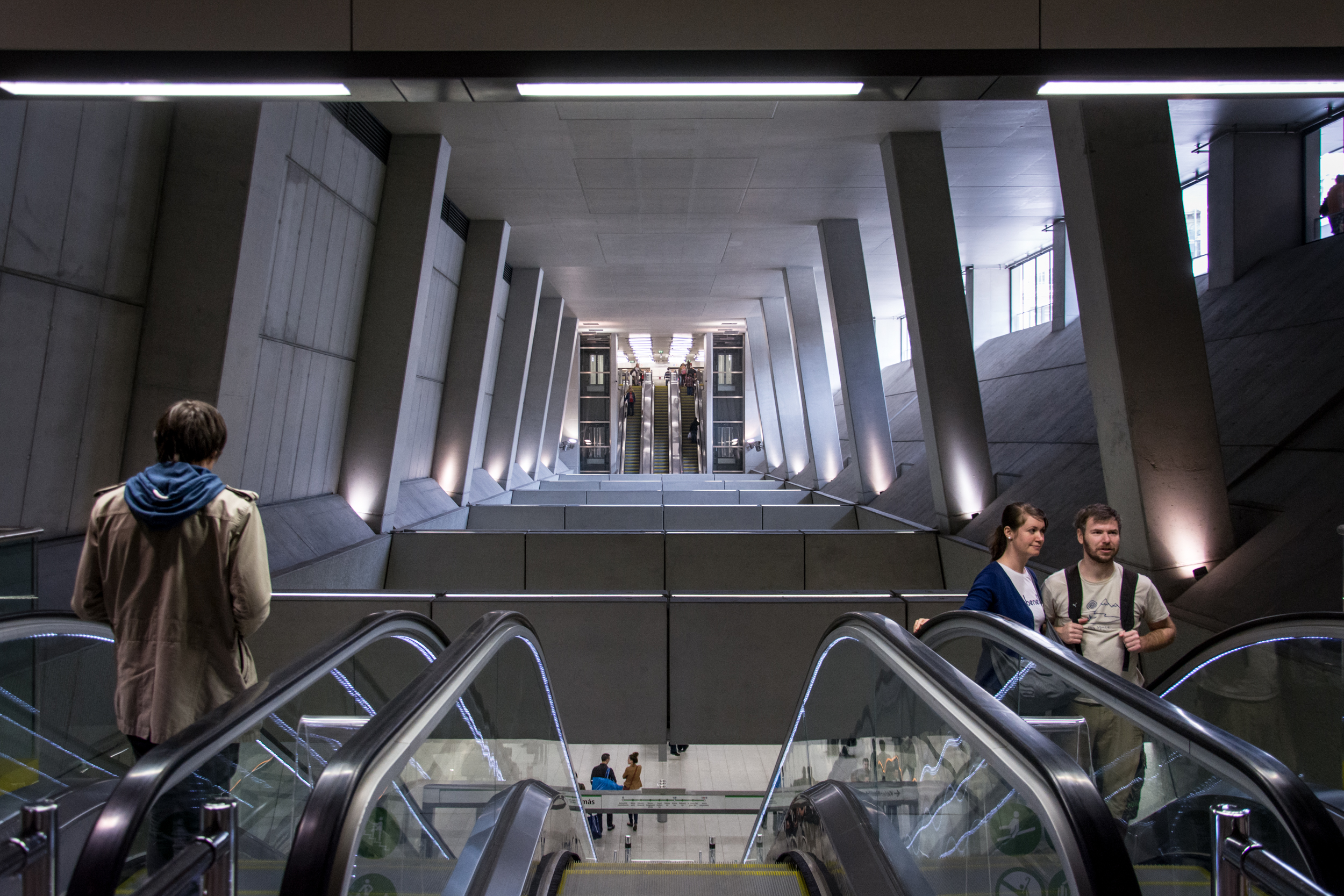We don't call it the Tube, but we might as well call it the Miracle – after decades of anticipation for its opening. The wait was worth it though: on March 28th, 2014, Metro Line 4 emerged as one of the finest examples of contemporary Hungarian architecture. Its stations were even named among the world's best modern examples by the architectural magazine De Zeen. Today, its automated carriages not only transport us from Keleti Railway Station to Kelenföld through 10 stations but also offer an architectural adventure if we take the time to peek out (or even hop off) from time to time. And trust us, from concrete arches to glass domes and colourful tiles and mosaics, it's a ride to remember! As the line celebrates its 10th birthday, we've compiled some interesting facts.
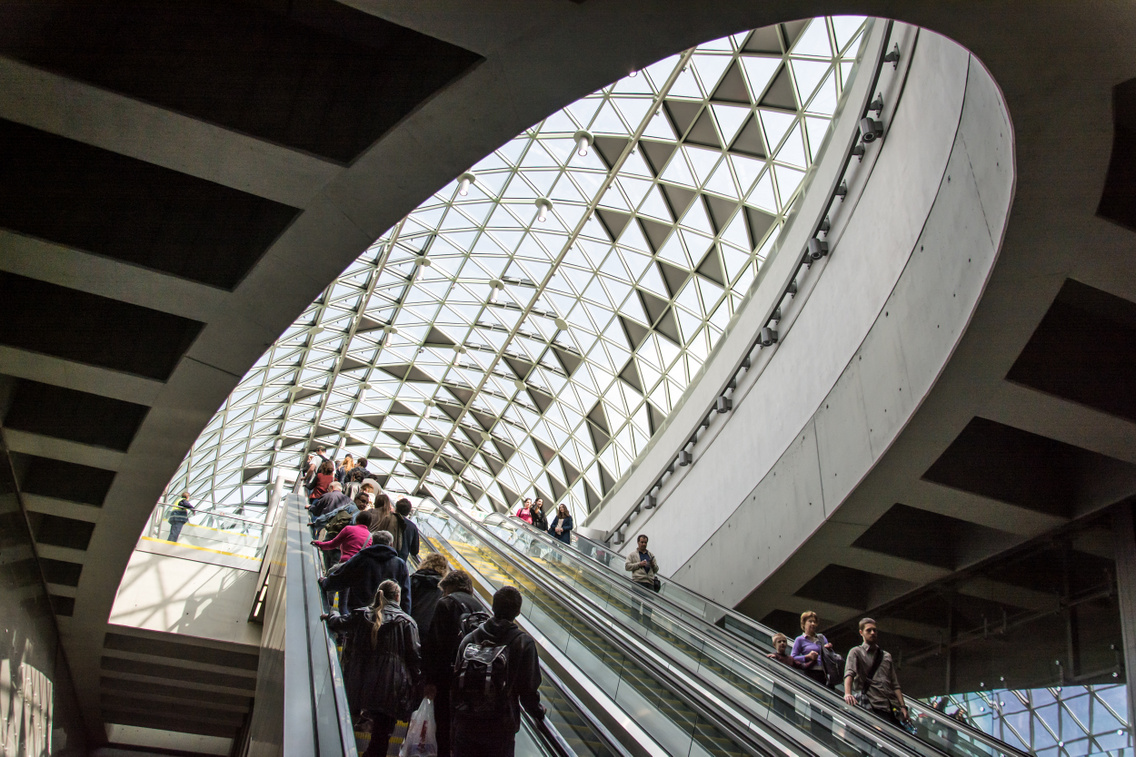

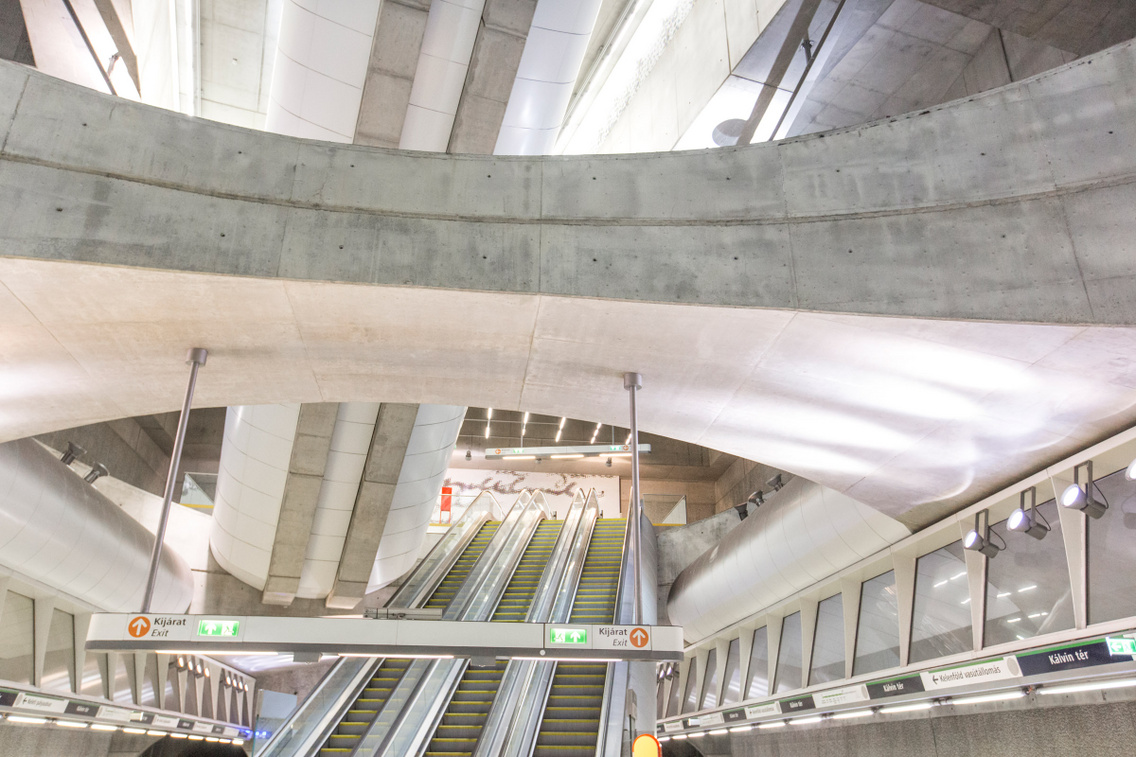
The concept of constructing Metro Line 4 was already on the table in 1972 following the completion of Metro Line 2, however, actual work didn't start until 2004. And when it did, an intriguing discovery occurred at Kálvin tér station: under the surface lay a crypt beneath the Calvinist church, revealing the remains of over 70 wealthy residents from the 19th century.
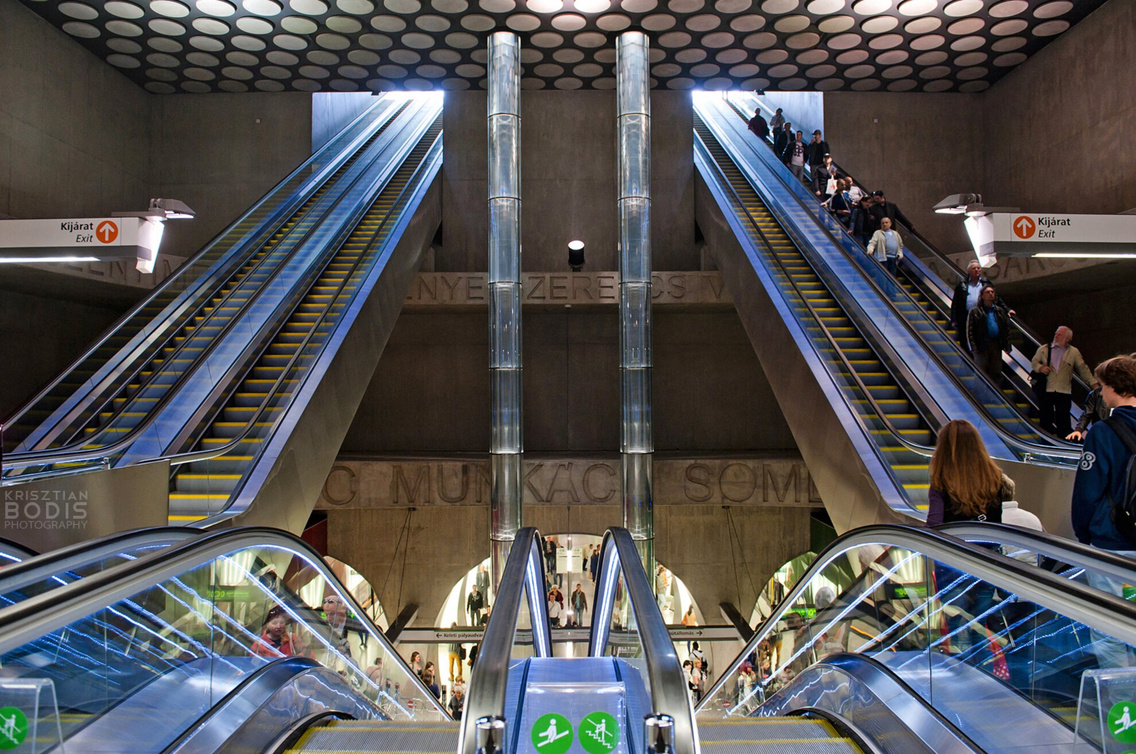
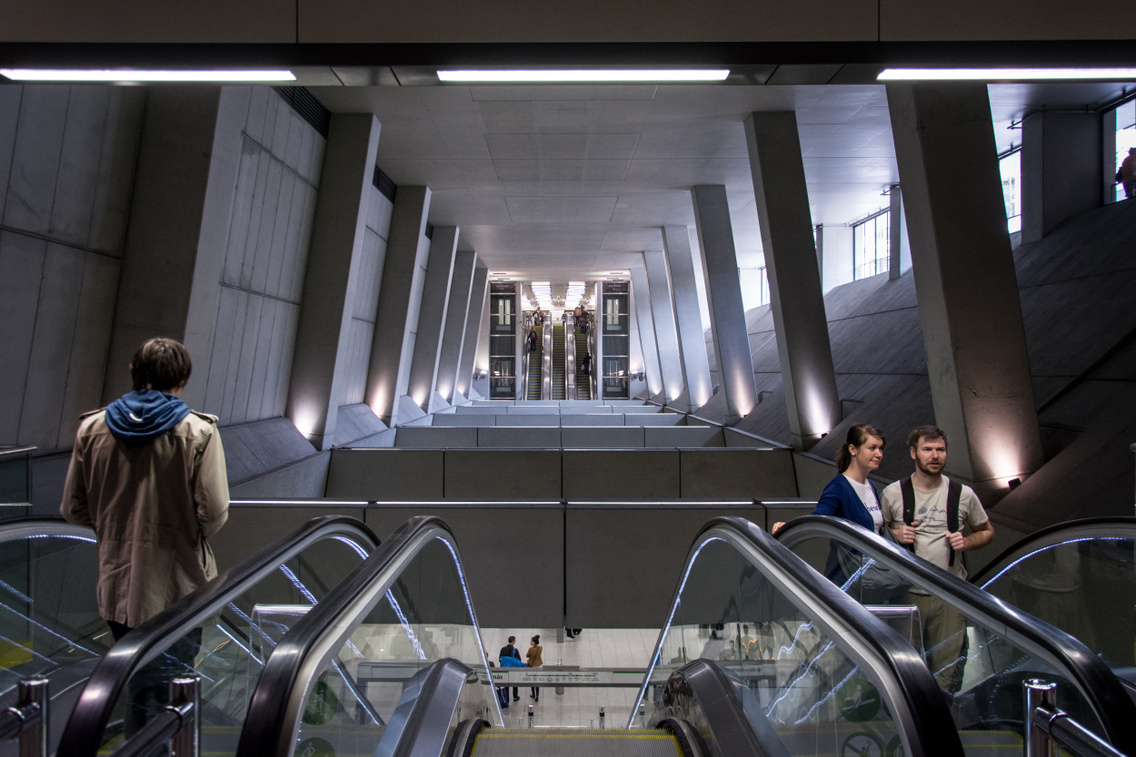
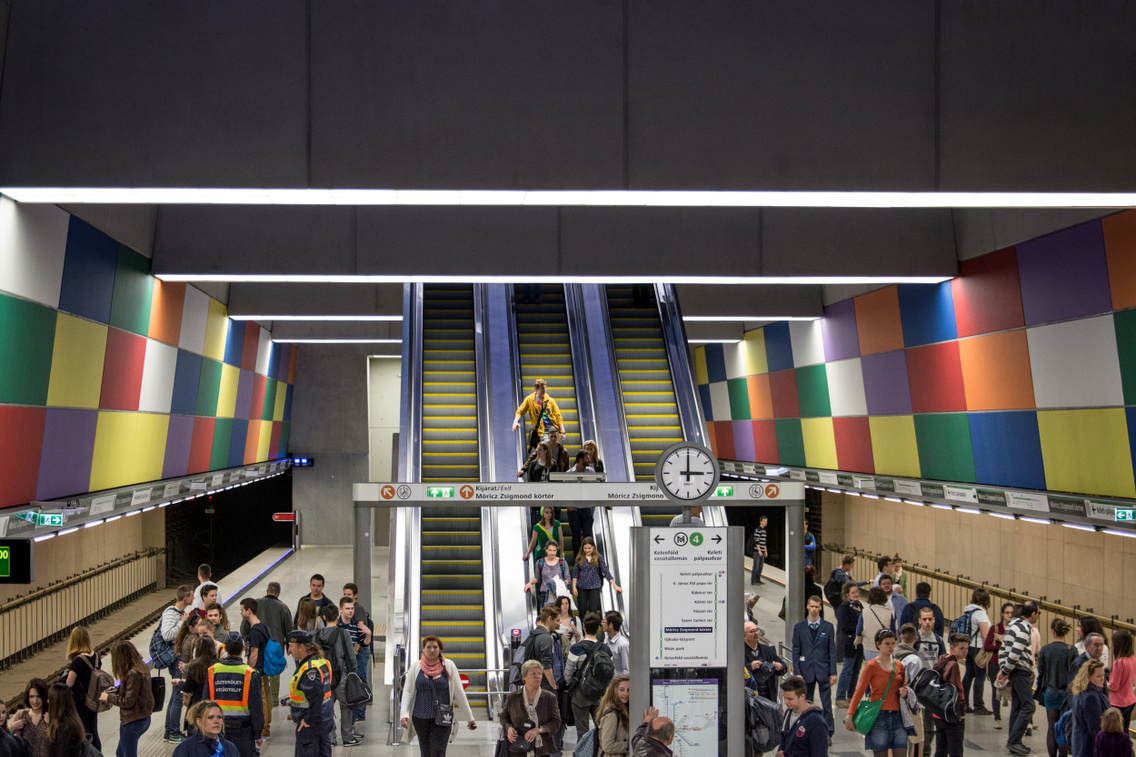
Construction wasn't easy: it tragically claimed two lives, one of the workers was crushed by concrete and another died inside a crane. Among the most challenging sections was Szent Gellért tér station. It was the starting point for the tunnel boring machine and posed significant difficulties due to its proximity to the Danube and a university building (BME CH building). Then Fővám tér station, the deepest section of the line, required ground-freezing methods as it extended below the Danube.
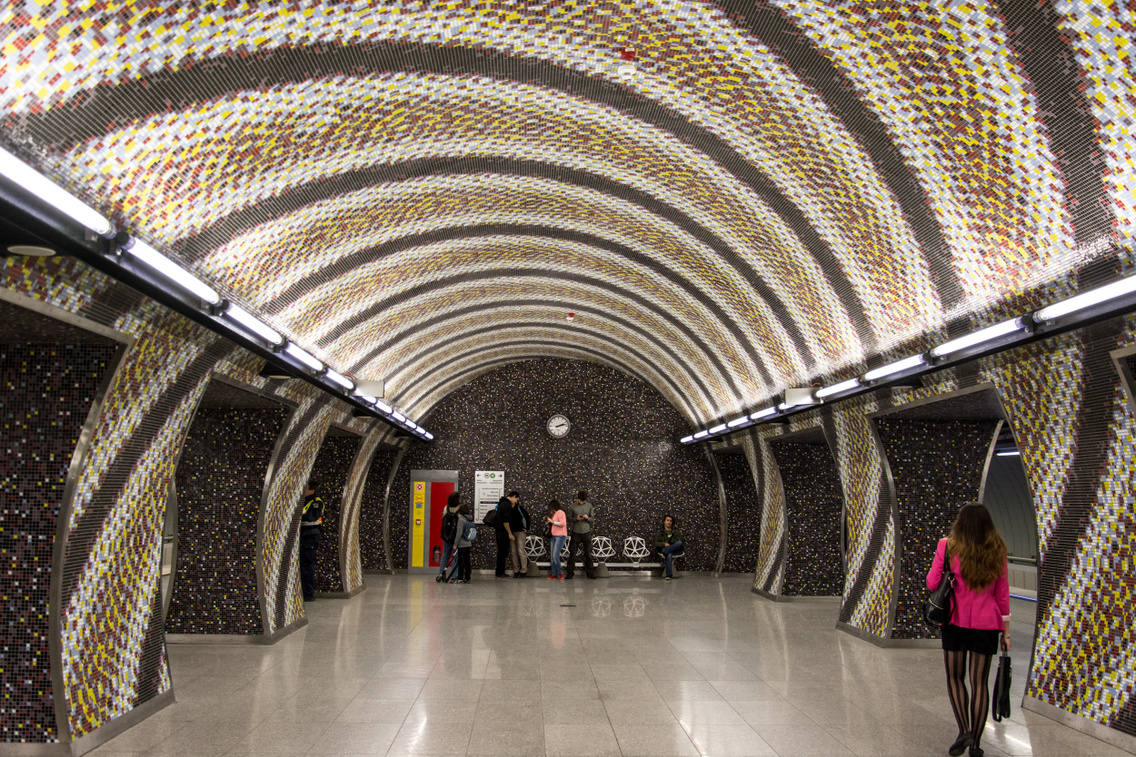
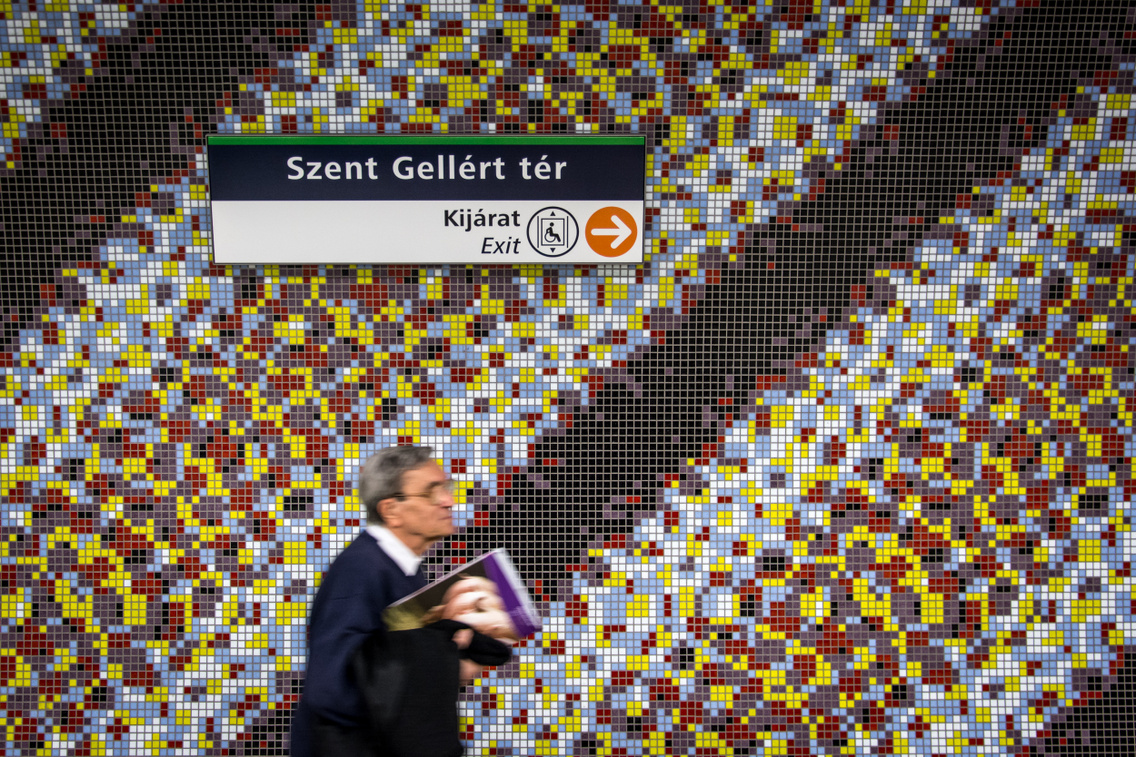
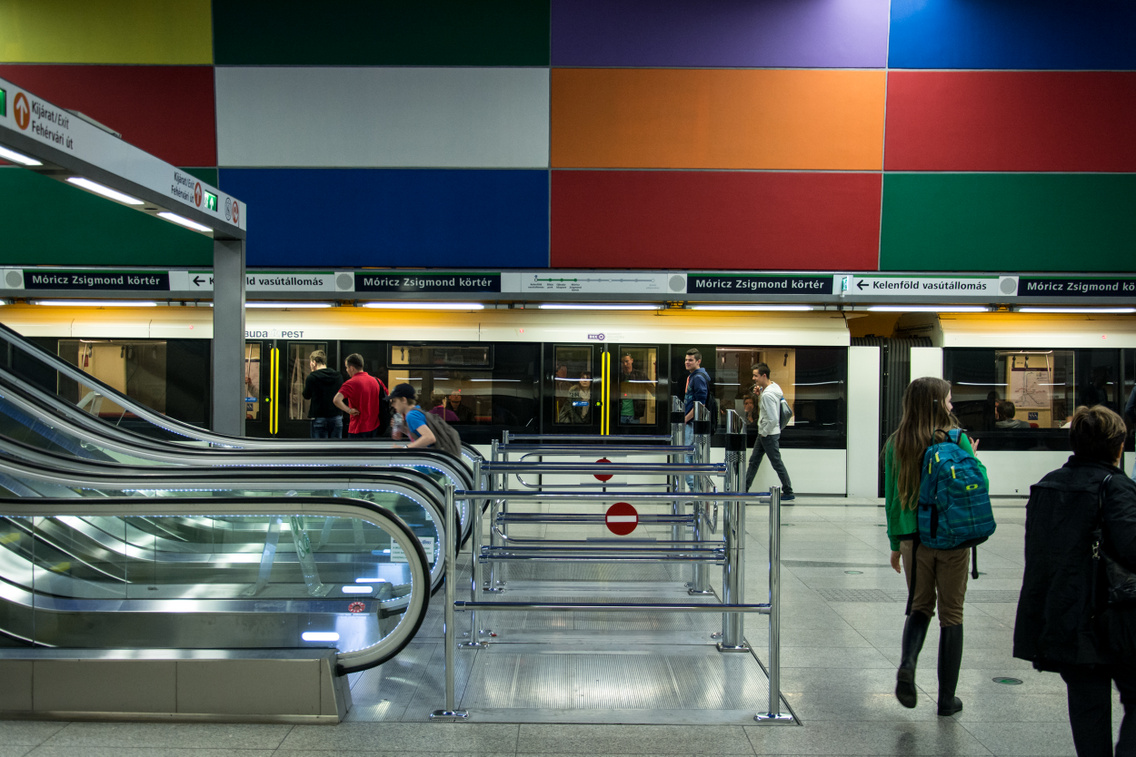
The line's stations are a piece of art. Quite literally – you can even explore them on guided tours. The mosaics adorning Szent Gellért tér station are the work of visual artist Tamás Komoróczky, while the concrete sculpture at II. János Pál pápa tér station was created by György Jovánovics. You can also spot glass textiles at many stations – intricate works by textile artist Andrea Hegedűs, which may initially be mistaken for colourful abstract patterns in the glass but are, in fact, textile masterpieces.
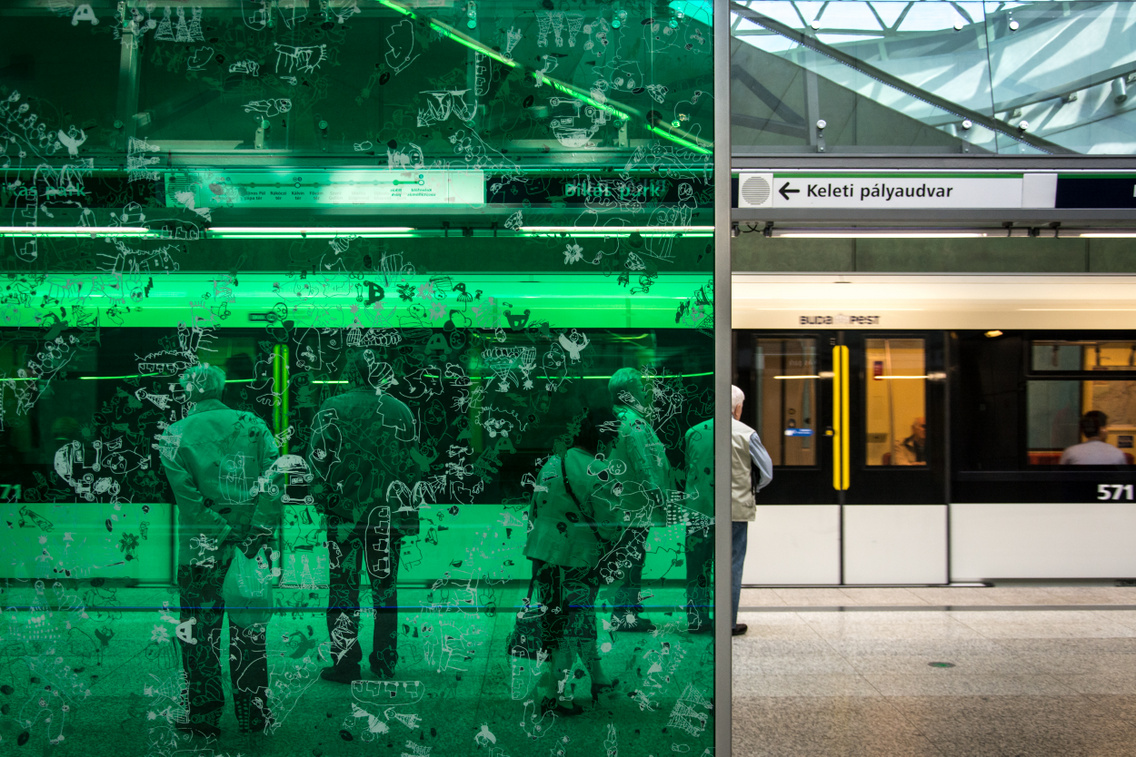
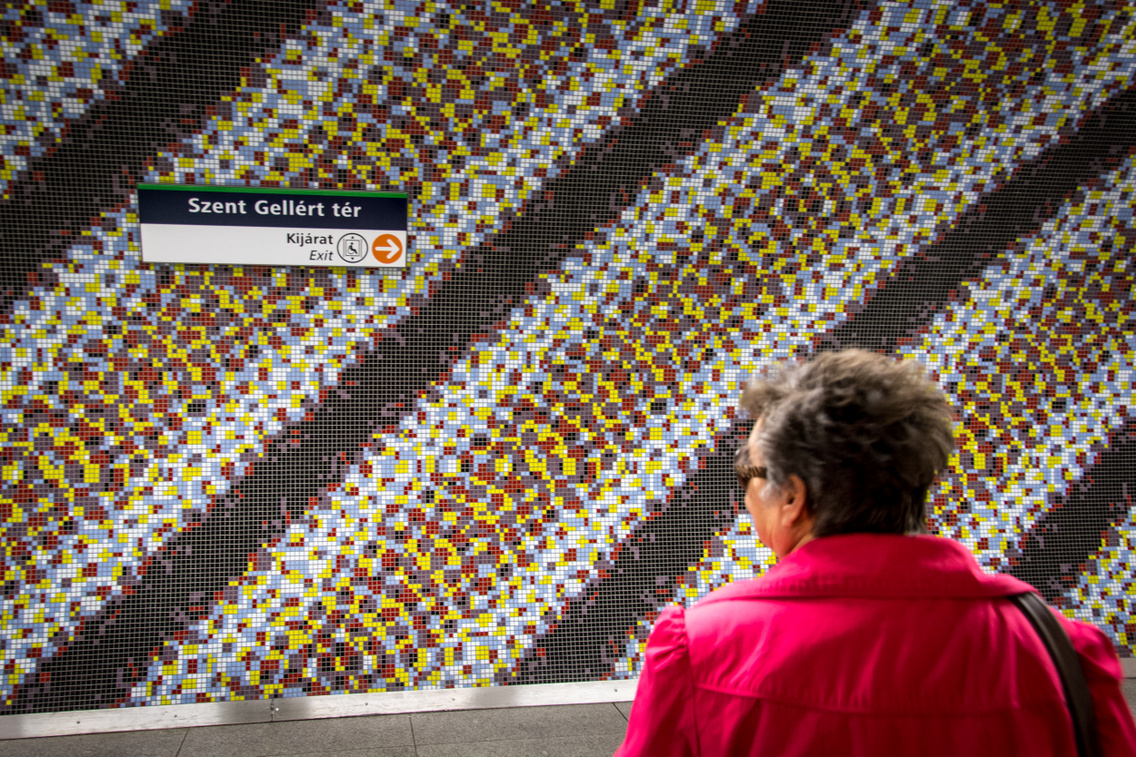
So when in Budapest, make sure not to miss the decade-old wonder of Metro Line 4 and keep an eye out for artistry along the way! Happy 10th birthday, Metro Line 4!
(Cover photo: Balkányi László - We Love Budapest)
